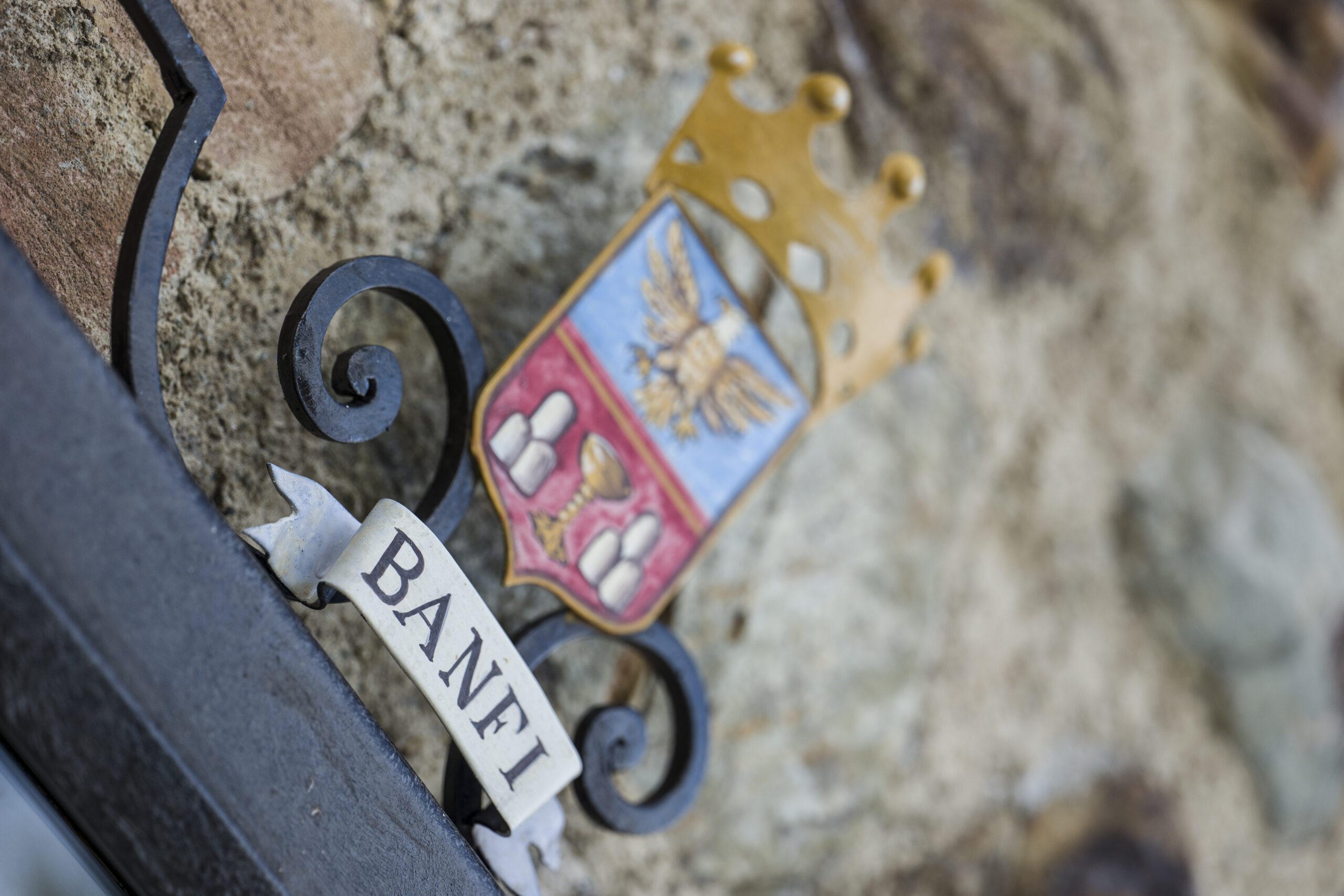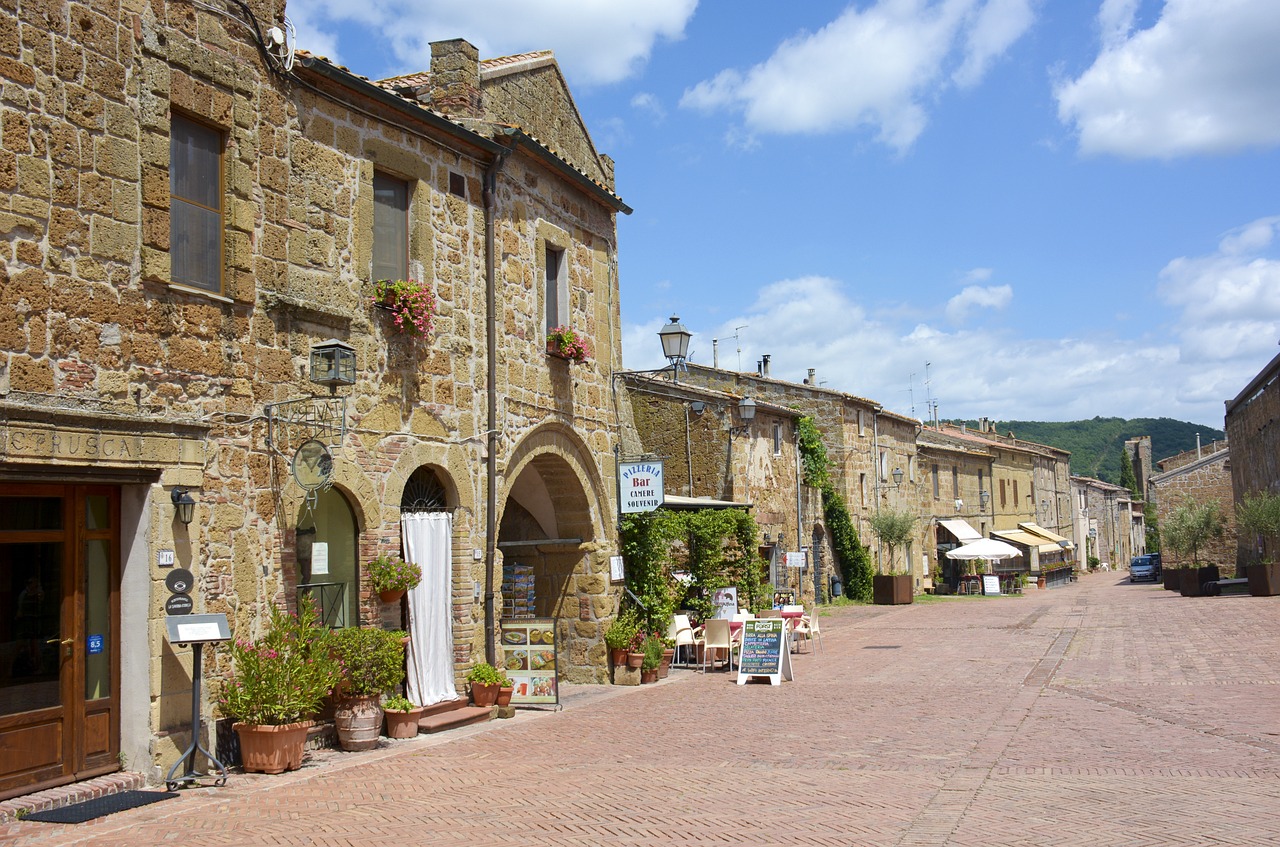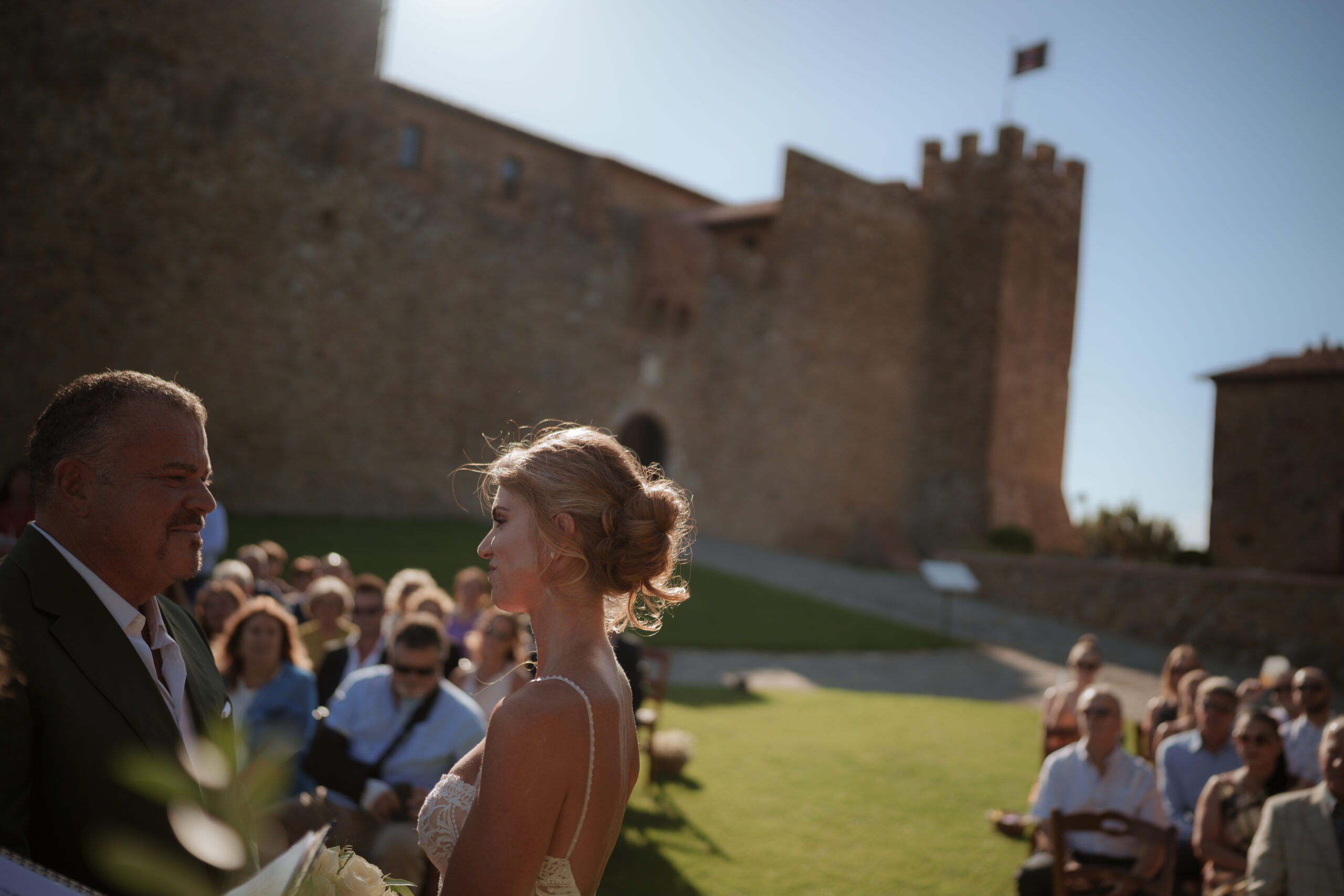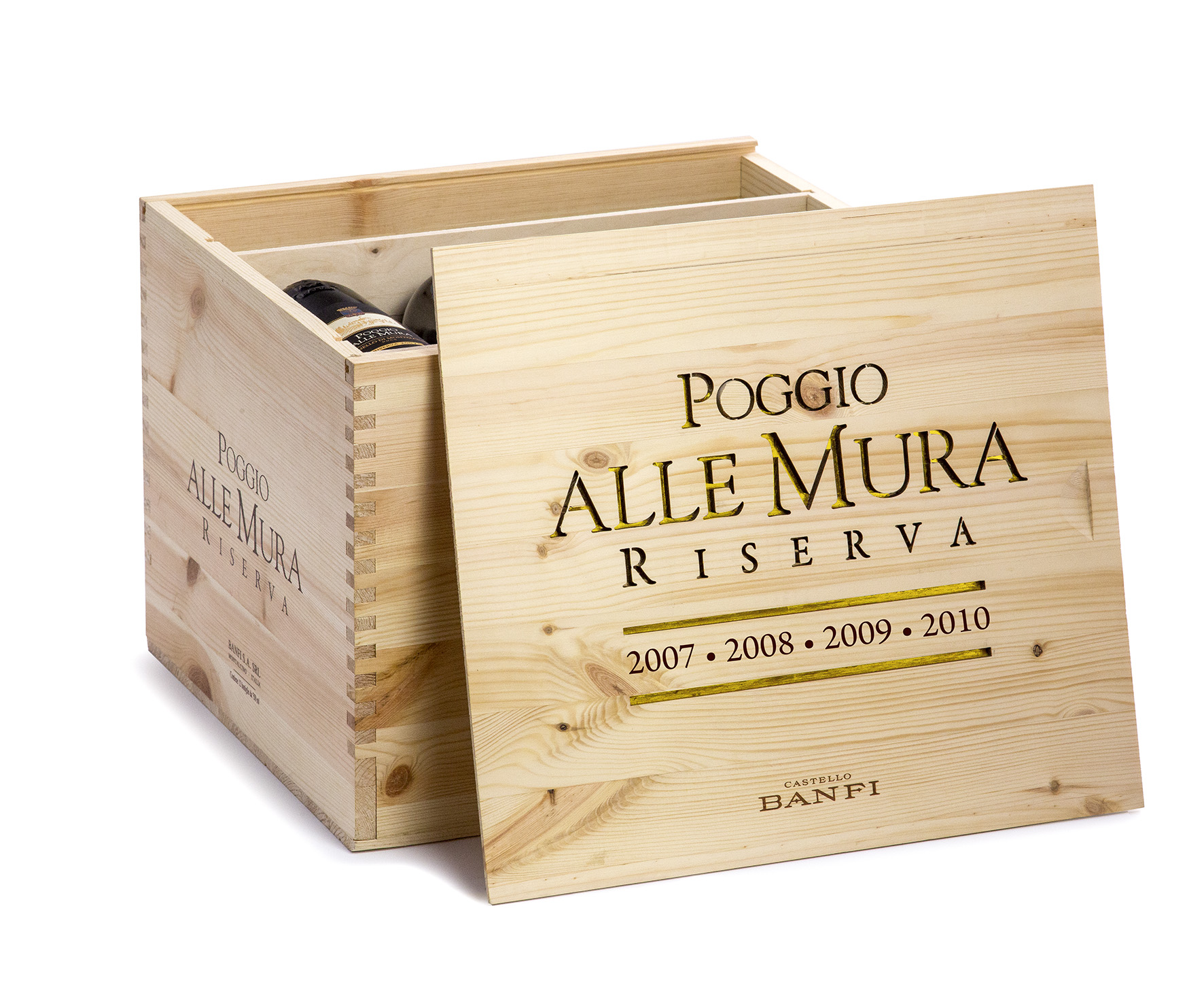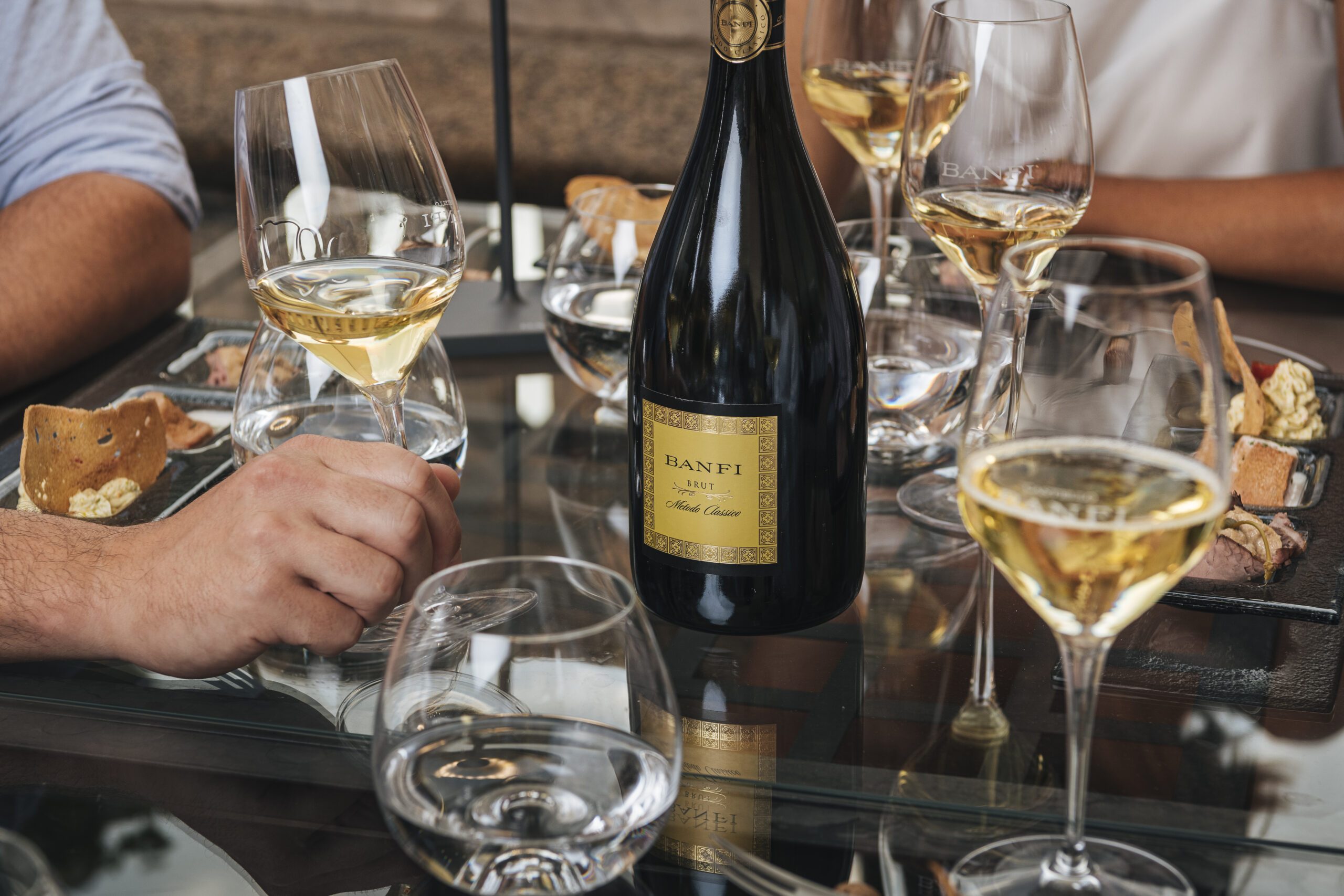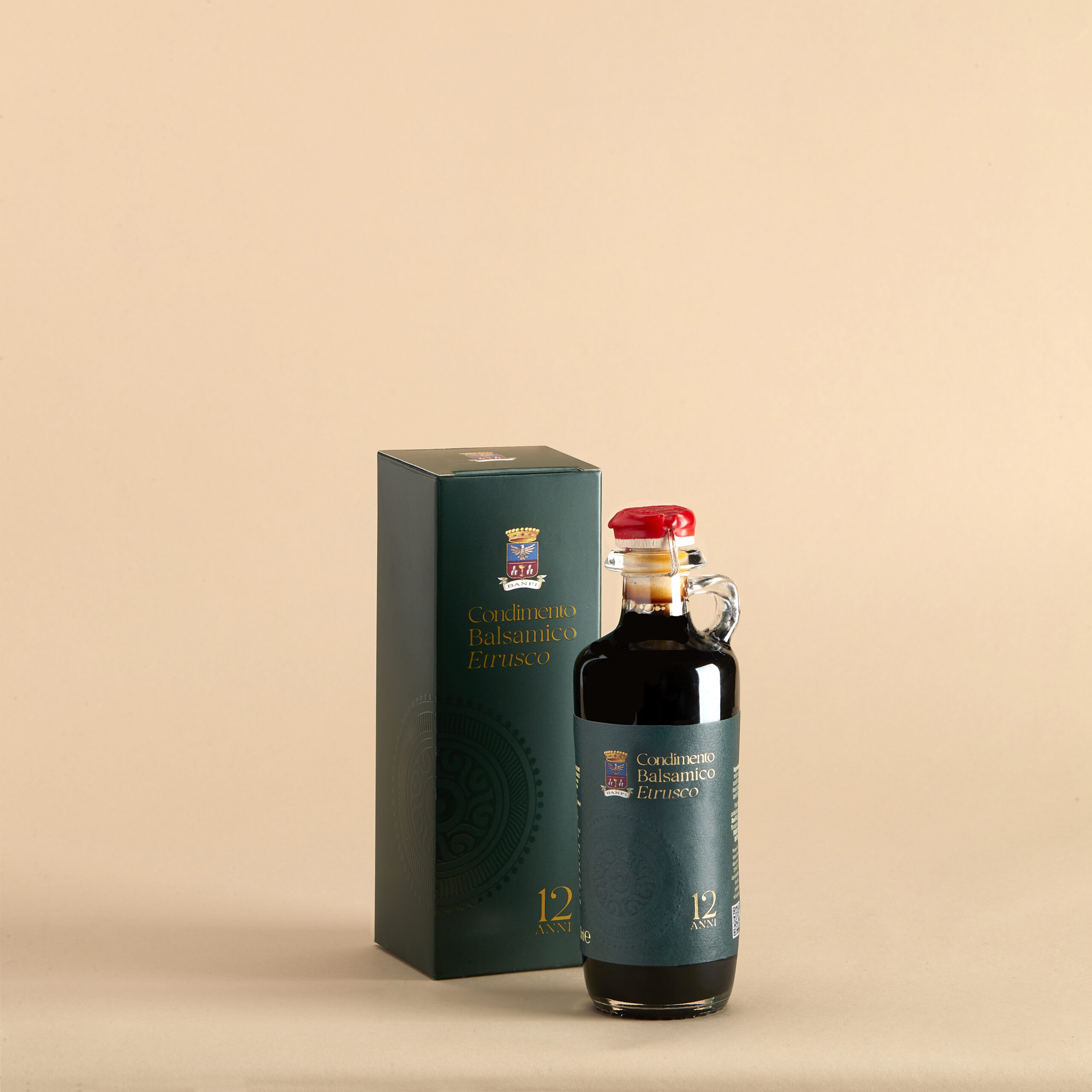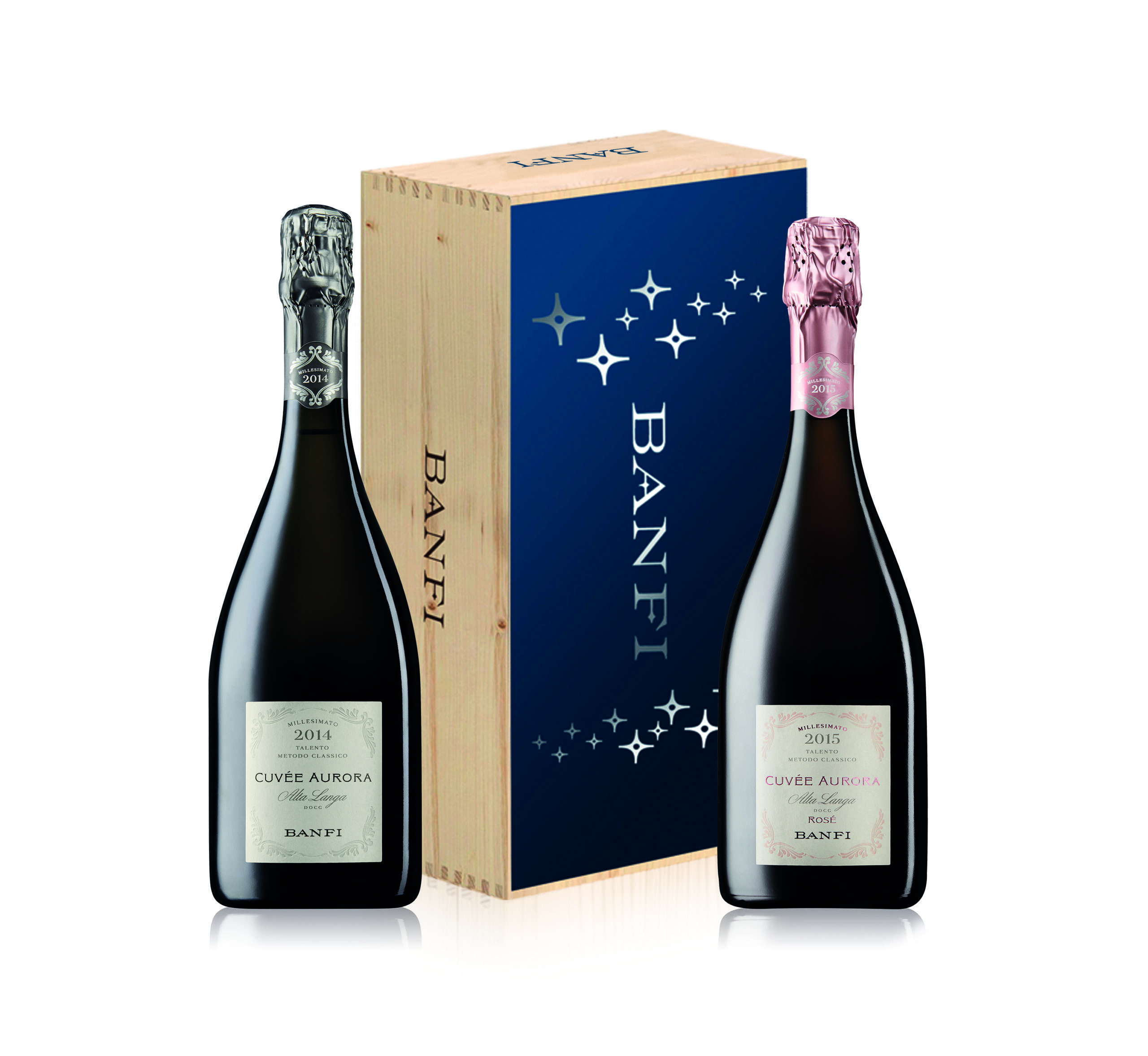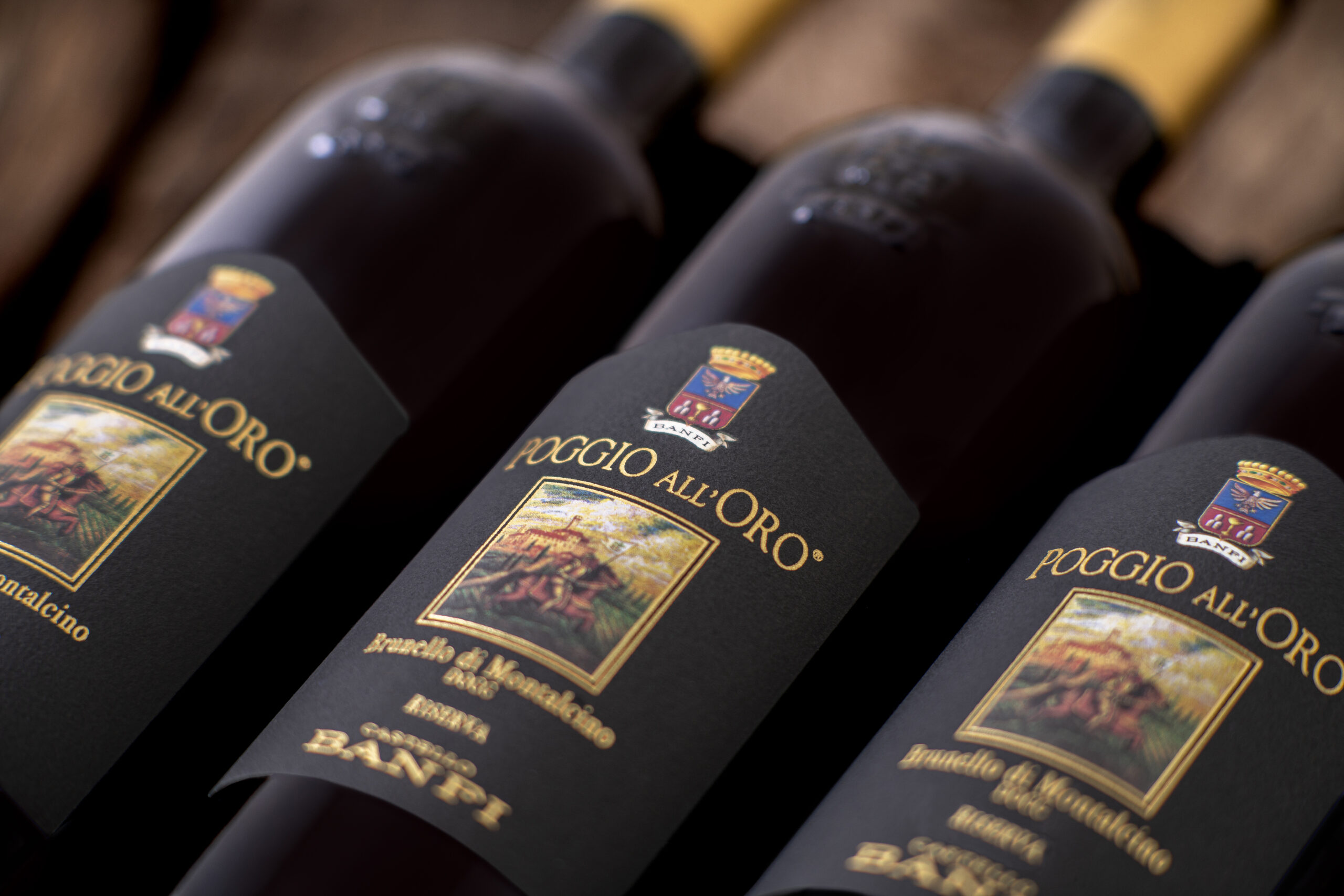As of 10 January 2023, a new page has opened for Banfi. An essential step to sustain the company's leadership and continue along the path of cultural continuity and family ownership.
Banfi, the leading company in the Brunello di Montalcino, has decided to reorganise and make its governance model more up-to-date and dynamic. All in the name of cultural continuity and greater integration between US and Italian management.
New governance-model: Management
Enrico Viglierchio, in addition to retaining his role as General Manager of the group, he takes on the role of Chairman of the Board of Directors of Banfi Società Agricola srl. In his new role, he became responsible for the agricultural, wine and production sectors. Working alongside him as Vice-President, Gabriele Mazzi, CFO of both Banfi srl and Banfi Società Agricola srl, as well as Cristina Mariani-May, Philip Calderone and Jason Arfin.
New governarce-model: Presidency
Rodolfo Maralli was appointed Chairman of the Board of Banfi srl and, in addition to his new assignment, he will continue in his function as Director of Sales and Marketing, External Communication and Press Relations. Enrico Viglierchio, Gabriele Mazzi and Elizabeth Koenig were appointed as vice-presidents of the company, recently appointed as Hospitality Director of Castello Banfi Wine Resort. Cristina Mariani-May, Philip Calderone and Jason Arfinsono are the other members of the Board of Directors.
New governance-model: Executive committee
Prominent in the new governance model is the creation of a Executive Committee, with strategic planning and medium- to long-term policy-making functions, chaired by Cristina Mariani-May, will see the members of the two Boards of Directors. All this reaffirms the ultimate goal of this organisational journey: the integration of the two souls, Italian and American, and the drive towards innovation and change.
CEO Cristina Mariani-May
Cristina Mariani-May increasingly protagonist of Banfi of the future comments: 'I would like to thank the entire Banfi team, for the path we have travelled and, above all, for the bright future we have yet to write. My warm thanks also go to Remo Grassi for his more than 40 years of passion and dedication in our company. The new organisation propels us towards a new way of working together, as one company, to meet and win the challenges of the future: "for a better wine world"".

